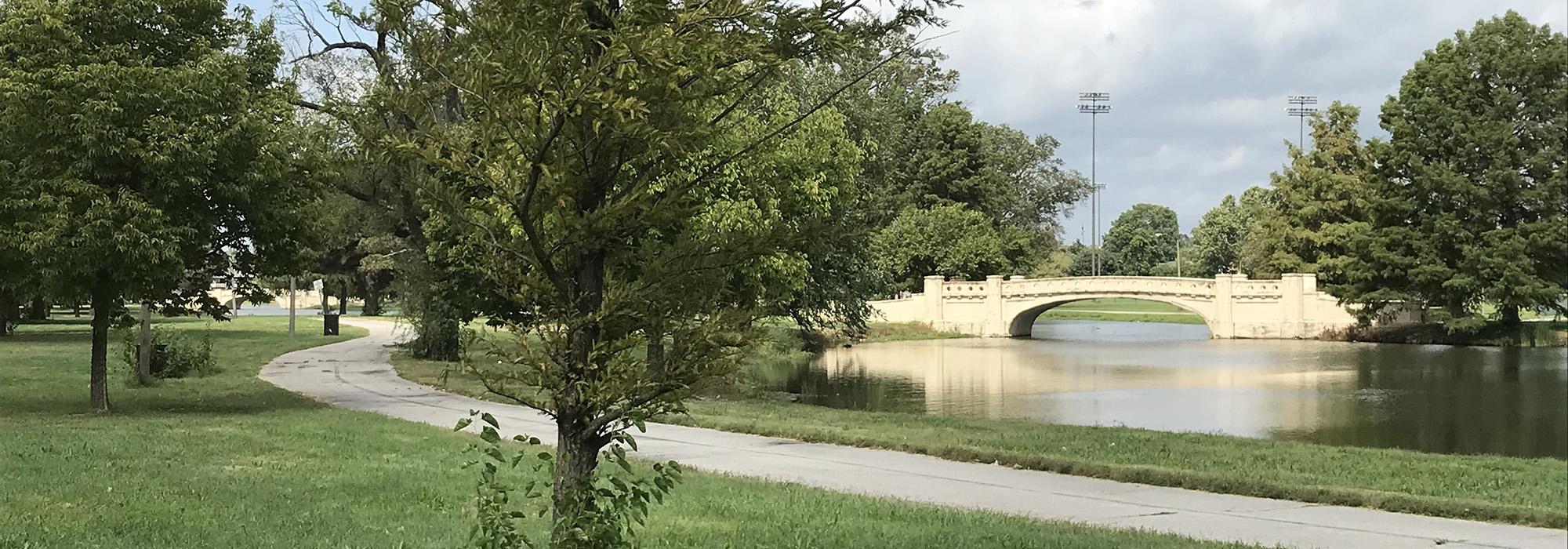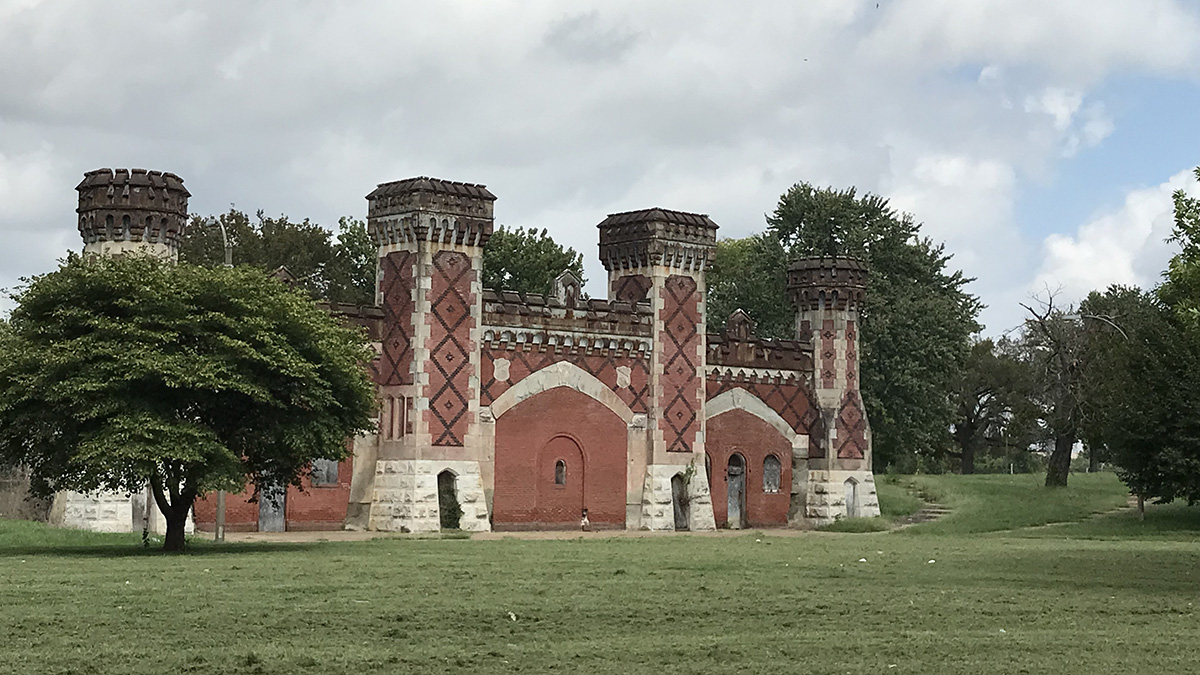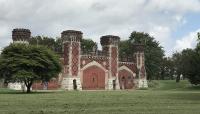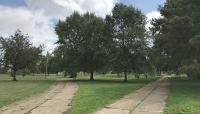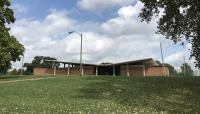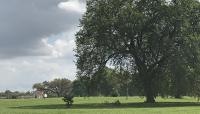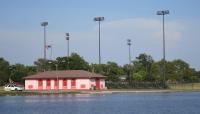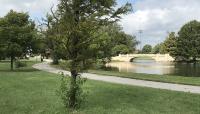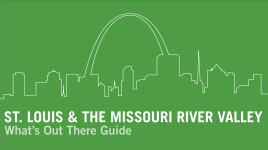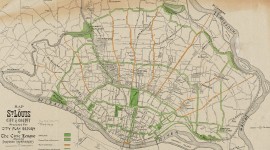Landscape Information
Once the site of the Agricultural and Mechanical Fair in the second half of the nineteenth century, this 131-acre park historically featured a three-story hall for showing poultry, a horse racing track, and a large amphitheater. The fairgrounds became Benton Barracks at the outbreak of the Civil War; the fair continued in its aftermath. A zoo was added to the complex in 1876, but due to financial struggles the animals went out for public auction in 1891 and were acquired by the city for the upcoming public zoo in Forest Park. In 1908, the city purchased the property and designated it as Fairground Park.
The amphitheater was converted into a whites-only municipal swimming pool in 1919, said to be the largest in the nation at the time. In 1949, the Supreme Court ruled that discrimination in public spaces violated the Fourteenth Amendment, and city officials opened the pool to all St. Louisans. The violent events that transpired after this decision became known as the Fairground Park Riot. This was a pivotal moment in St. Louis’ history, accelerating white flight to the suburbs. A year later, a federal judge ordered the integration of St. Louis swimming pools without incident, but the pool was subsequently closed and filled in. A new, smaller pool was built in 1957 at the intersection of Vandeventer and Natural Bridge Avenues.
The rectangular park features additional amenities including a lake, pavilion, sports fields, playground, and roller-skating rink. River birch and bald cypress dot the lake’s edge, while maples and oaks provide shade adjacent to the sports fields. The fortress at the park’s southern corner and the notable white stone bridge are the only remaining tangible vestiges of the park’s historic use as a fair.



